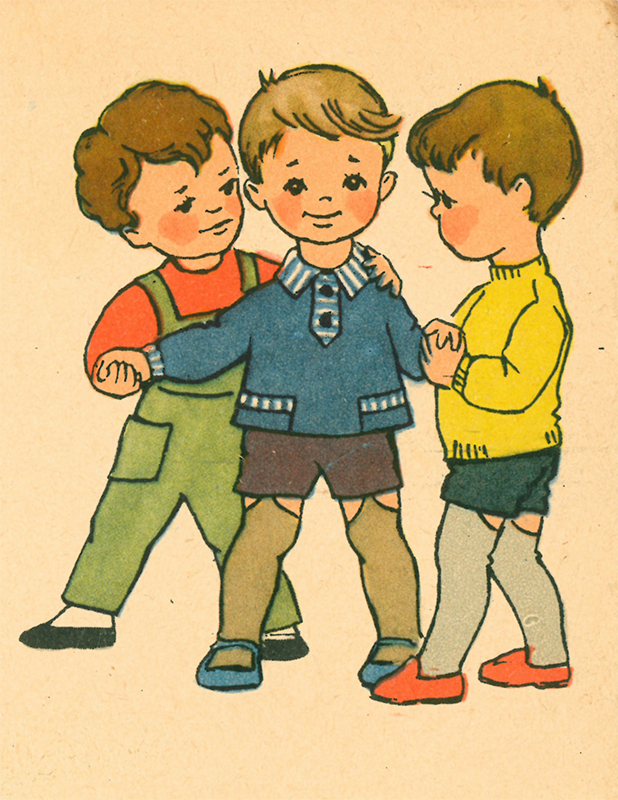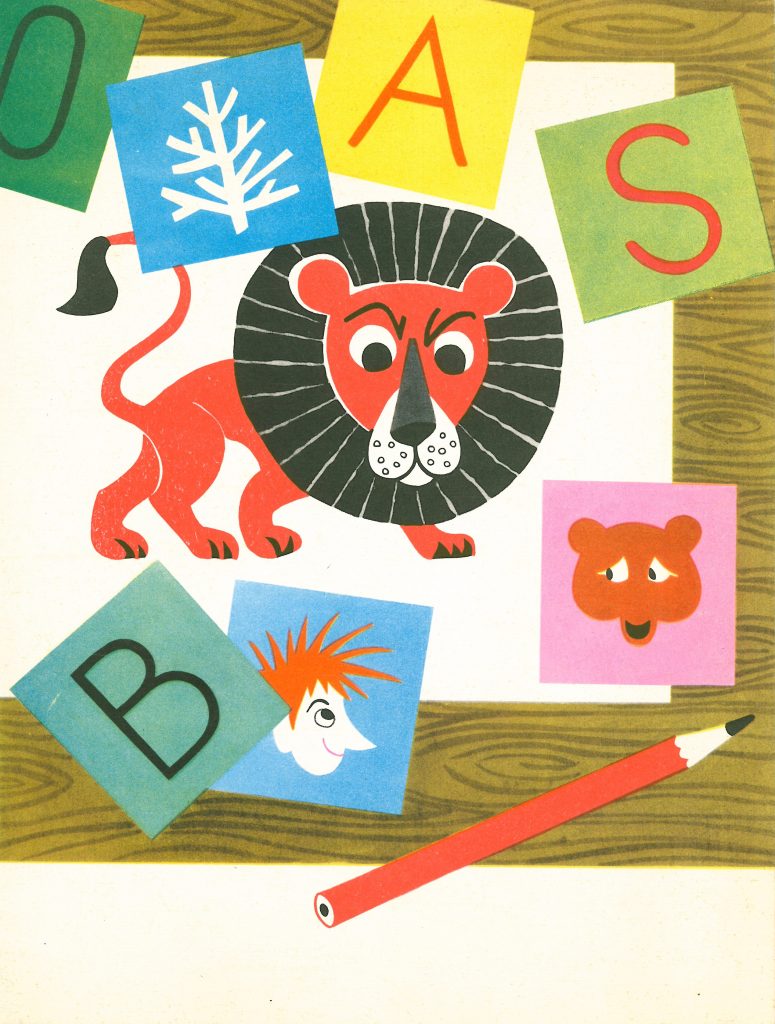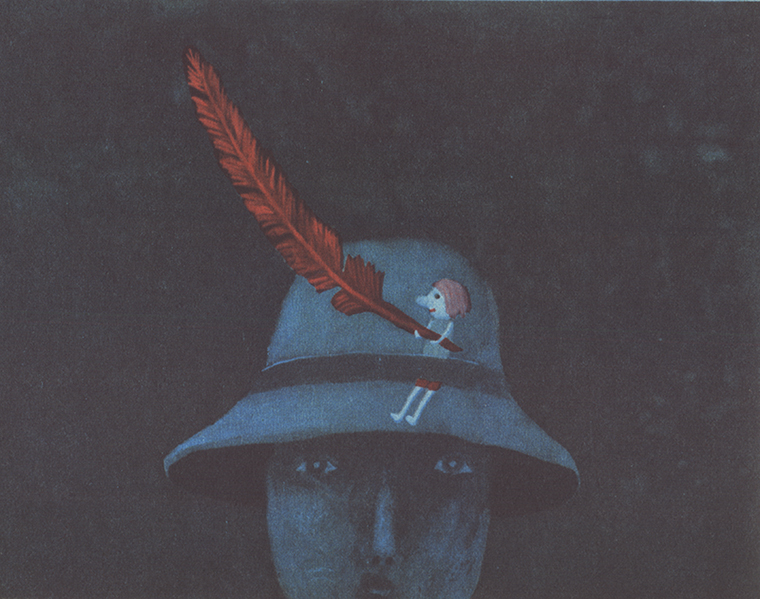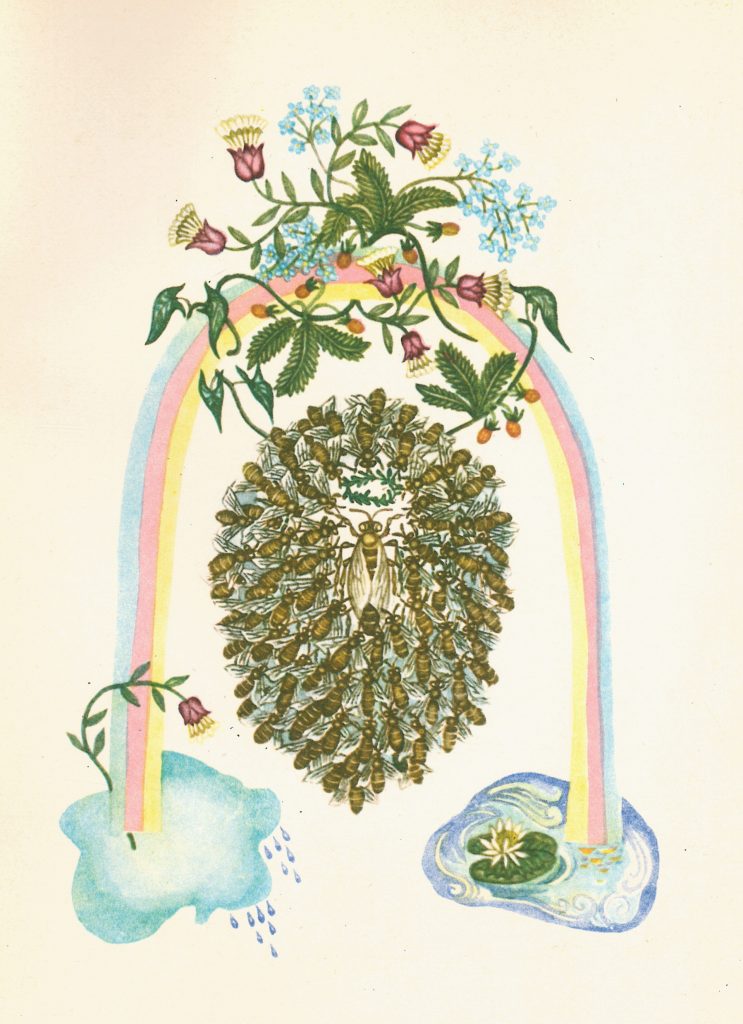
While preparing to do a new work, she researched history a lot, studied the daily lives of a particular time, examined costumes, architecture, and so forth. Details of the historical context in her engravings allow the readers to fully understand the characters’ inner dramas, even though the heroes themselves seem sculptural at first.
Makūnaitė was a student of graphic art. “Saulės vaduotojas” [The Sun Saver], which was illustrated by her, was translated into tens of languages, among which are Arabic, Persian, and even Swahili. Her artworks were honoured with the National Prize of Lithuanian Soviet Socialist Republic, she was also titled a Honorary Artist in 1965 and a Folk Artist in 1968. During the 1960s, Makūnaitė was considered a modernist and therefore represented her country at Venice Biennale.


























